🍁🍂🌄
🍁🍂🌄

Autumn sky
More Posts from Monstrous-mind and Others
🔭🌃🌌🍂🍁

Saturn & Tethys - June 2 2007
Credit: NASA/JPL-Caltech/SSI/CICLOPS/Kevin M. Gill


blue eyes or brown eyes?? or somewhere in between??
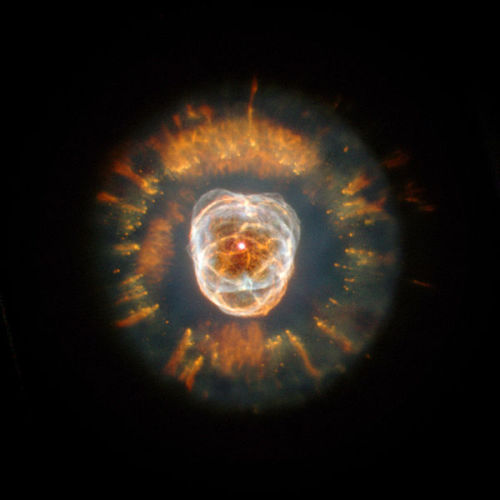
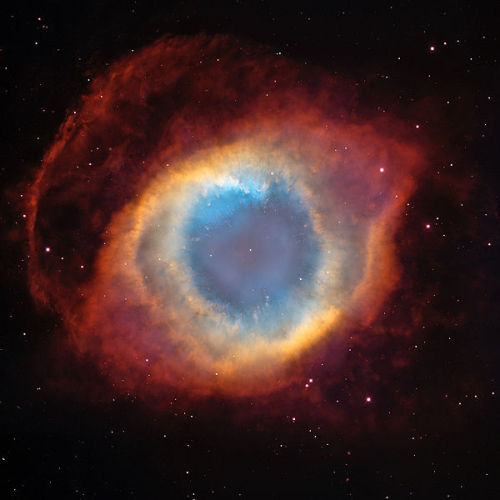
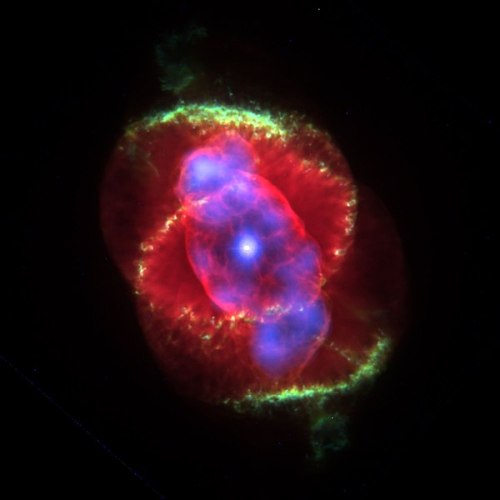




Planetary nebula
A planetary nebula, abbreviated as PN or plural PNe, is a kind of emission nebula consisting of an expanding, glowing shell of ionized gas ejected from red giant stars late in their lives. The word “nebula” is Latin for mist or cloud, and the term “planetary nebula” is a misnomer that originated in the 1780s with astronomer William Herschel because, when viewed through his telescope, these objects resemble the rounded shapes of planets. Herschel’s name for these objects was popularly adopted and has not been changed. They are a relatively short-lived phenomenon, lasting a few tens of thousands of years, compared to a typical stellar lifetime of several billion years.
Most planetary nebulae form at the end of the star’s life, during the red giant phase, when the outer layers of the star are expelled by strong stellar winds. After most of the red giant’s atmosphere is dissipated, the ultraviolet radiation of the hot luminous core, called a planetary nebula nucleus (PNN), ionizes the ejected material. Absorbed ultraviolet light energises the shell of nebulous gas around the central star, causing it to appear as a brightly coloured planetary nebula.
Planetary nebulae likely play a crucial role in the chemical evolution of the Milky Way by expelling elements to the interstellar medium from stars where those elements were created. Planetary nebulae are observed in more distant galaxies, yielding useful information about their chemical abundances.
Stars greater than 8 solar masses (M⊙) will likely end their lives in dramatic supernovae explosions, while planetary nebulae seemingly only occur at the end of the lives of intermediate and low mass stars between 0.8 M⊙ to 8.0 M⊙.
source
images: NASA/ESA, Hubble

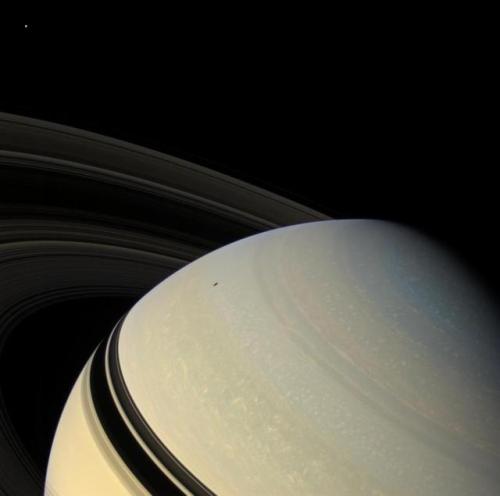
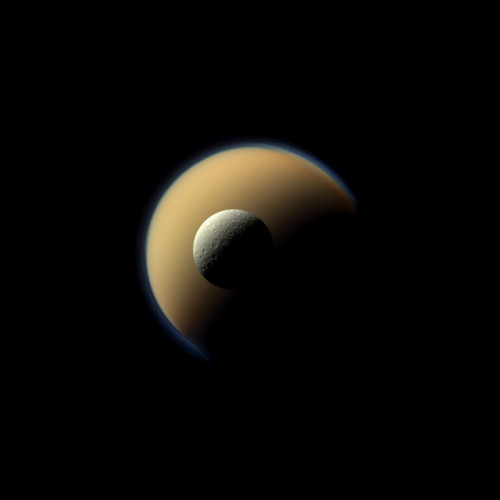
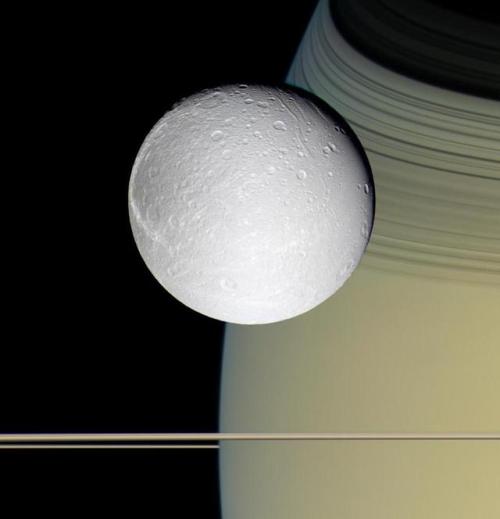
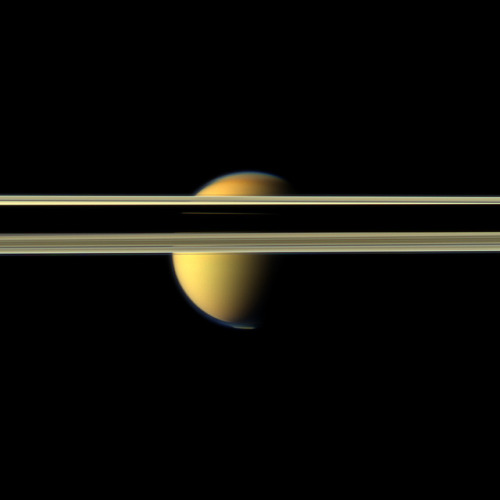
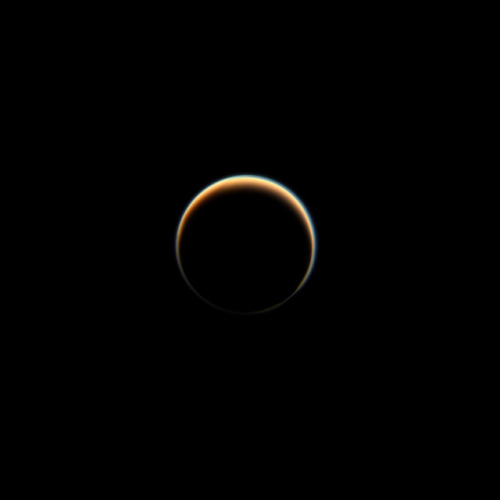
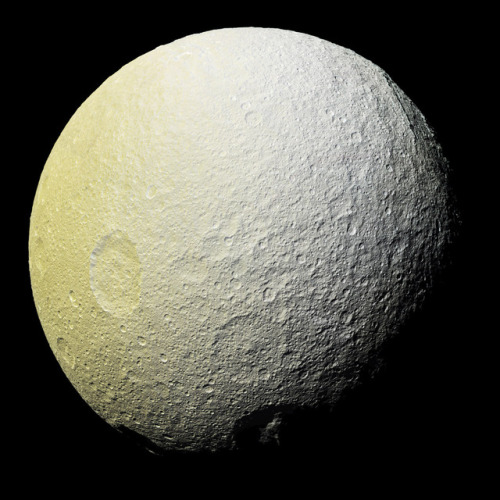
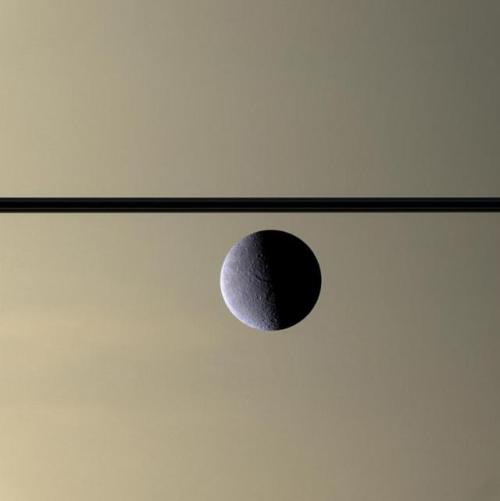

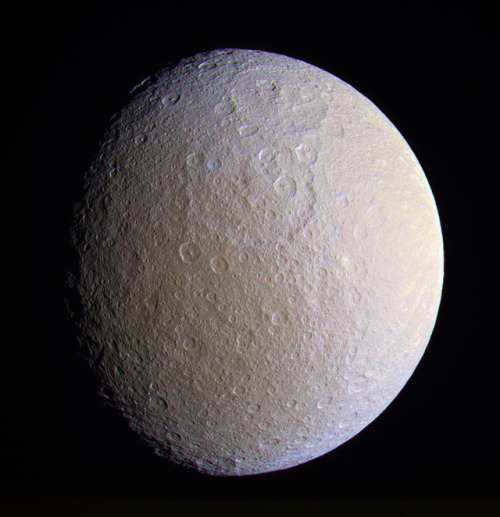
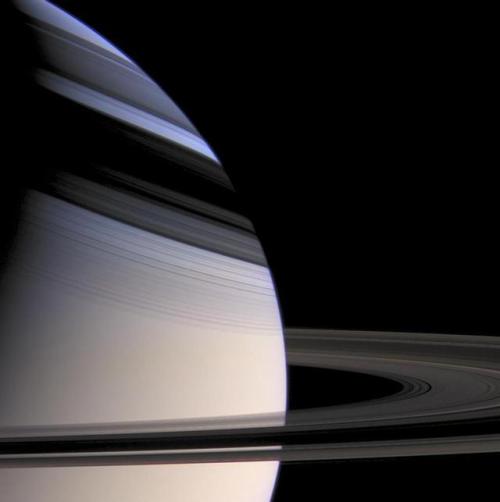
Saturn and its moons
Image credit: NASA/JPL-Caltech
🎃🍂🍁🐾🐈🐾🍁🍂🎃

🎃😻🍁 lena_fox_art 🎃😻🍁
🔭🌌☄️🪐

The Running Chicken Nebula comprises several clouds, all of which we can see in this vast image from the VLT Survey Telescope (VST), hosted at ESO’s Paranal site. This 1.5-billion pixel image spans an area in the sky of about 25 full Moons. The clouds shown in wispy pink plumes are full of gas and dust, illuminated by the young and hot stars within them.
Credit: ESO
🐈🌃🌌

What is a Wormhole?
Wormholes were first theorized in 1916, though that wasn’t what they were called at the time. While reviewing another physicist’s solution to the equations in Albert Einstein’s theory of general relativity, Austrian physicist Ludwig Flamm realized another solution was possible. He described a “white hole,” a theoretical time reversal of a black hole. Entrances to both black and white holes could be connected by a space-time conduit.

In 1935, Einstein and physicist Nathan Rosen used the theory of general relativity to elaborate on the idea, proposing the existence of “bridges” through space-time. These bridges connect two different points in space-time, theoretically creating a shortcut that could reduce travel time and distance. The shortcuts came to be called Einstein-Rosen bridges, or wormholes.

Certain solutions of general relativity allow for the existence of wormholes where the mouth of each is a black hole. However, a naturally occurring black hole, formed by the collapse of a dying star, does not by itself create a wormhole.
Wormholes are consistent with the general theory of relativity, but whether wormholes actually exist remains to be seen.

A wormhole could connect extremely long distances such as a billion light years or more, short distances such as a few meters, different universes, or different points in time
For a simplified notion of a wormhole, space can be visualized as a two-dimensional (2D) surface. In this case, a wormhole would appear as a hole in that surface, lead into a 3D tube (the inside surface of a cylinder), then re-emerge at another location on the 2D surface with a hole similar to the entrance. An actual wormhole would be analogous to this, but with the spatial dimensions raised by one. For example, instead of circular holes on a 2D plane, the entry and exit points could be visualized as spheres in 3D space.

Science fiction is filled with tales of traveling through wormholes. But the reality of such travel is more complicated, and not just because we’ve yet to spot one.

The first problem is size. Primordial wormholes are predicted to exist on microscopic levels, about 10–33 centimeters. However, as the universe expands, it is possible that some may have been stretched to larger sizes.
Another problem comes from stability. The predicted Einstein-Rosen wormholes would be useless for travel because they collapse quickly.

“You would need some very exotic type of matter in order to stabilize a wormhole,” said Hsu, “and it’s not clear whether such matter exists in the universe.”
But more recent research found that a wormhole containing “exotic” matter could stay open and unchanging for longer periods of time.

Exotic matter, which should not be confused with dark matter or antimatter, contains negative energy density and a large negative pressure. Such matter has only been seen in the behavior of certain vacuum states as part of quantum field theory.
If a wormhole contained sufficient exotic matter, whether naturally occurring or artificially added, it could theoretically be used as a method of sending information or travelers through space. Unfortunately, human journeys through the space tunnels may be challenging.

Wormholes may not only connect two separate regions within the universe, they could also connect two different universes. Similarly, some scientists have conjectured that if one mouth of a wormhole is moved in a specific manner, it could allow for time travel.

Although adding exotic matter to a wormhole might stabilize it to the point that human passengers could travel safely through it, there is still the possibility that the addition of “regular” matter would be sufficient to destabilize the portal.
Today’s technology is insufficient to enlarge or stabilize wormholes, even if they could be found. However, scientists continue to explore the concept as a method of space travel with the hope that technology will eventually be able to utilize them.
source
source
images: x, x, x, x, x, x, x, x, x
-
 autumns-winter-dream reblogged this · 1 year ago
autumns-winter-dream reblogged this · 1 year ago -
 autumns-winter-dream liked this · 1 year ago
autumns-winter-dream liked this · 1 year ago -
 jay-in-the-notebook reblogged this · 1 year ago
jay-in-the-notebook reblogged this · 1 year ago -
 jay-in-the-notebook liked this · 1 year ago
jay-in-the-notebook liked this · 1 year ago -
 autumnophilia reblogged this · 1 year ago
autumnophilia reblogged this · 1 year ago -
 adamsrib68 liked this · 1 year ago
adamsrib68 liked this · 1 year ago -
 sheydam2 liked this · 1 year ago
sheydam2 liked this · 1 year ago -
 wineintomes reblogged this · 1 year ago
wineintomes reblogged this · 1 year ago -
 meowzebubb reblogged this · 2 years ago
meowzebubb reblogged this · 2 years ago -
 back-to-life reblogged this · 2 years ago
back-to-life reblogged this · 2 years ago -
 mostlikelyto-runaway reblogged this · 3 years ago
mostlikelyto-runaway reblogged this · 3 years ago -
 cronemoon liked this · 6 years ago
cronemoon liked this · 6 years ago -
 azzo-bohnke liked this · 6 years ago
azzo-bohnke liked this · 6 years ago -
 wayward-gh0st liked this · 6 years ago
wayward-gh0st liked this · 6 years ago -
 jasminewoods1 liked this · 6 years ago
jasminewoods1 liked this · 6 years ago -
 jessi-n3 liked this · 6 years ago
jessi-n3 liked this · 6 years ago -
 sleepybookdragon liked this · 6 years ago
sleepybookdragon liked this · 6 years ago -
 autumn-clau liked this · 6 years ago
autumn-clau liked this · 6 years ago -
 mwexplore liked this · 6 years ago
mwexplore liked this · 6 years ago -
 chrissmou liked this · 6 years ago
chrissmou liked this · 6 years ago -
 skrlett-moon reblogged this · 6 years ago
skrlett-moon reblogged this · 6 years ago -
 skrlett-moon liked this · 6 years ago
skrlett-moon liked this · 6 years ago -
 tamer-of-horses liked this · 6 years ago
tamer-of-horses liked this · 6 years ago -
 mral9 liked this · 6 years ago
mral9 liked this · 6 years ago -
 onecallaway19 reblogged this · 6 years ago
onecallaway19 reblogged this · 6 years ago -
 onecallaway19 liked this · 6 years ago
onecallaway19 liked this · 6 years ago -
 autumnfoxlove reblogged this · 6 years ago
autumnfoxlove reblogged this · 6 years ago -
 cupcakemakingfox liked this · 6 years ago
cupcakemakingfox liked this · 6 years ago -
 as-autumncolors-fall reblogged this · 6 years ago
as-autumncolors-fall reblogged this · 6 years ago -
 chilly-hayrides reblogged this · 6 years ago
chilly-hayrides reblogged this · 6 years ago -
 innovationoflife liked this · 6 years ago
innovationoflife liked this · 6 years ago -
 myautumnsoul reblogged this · 6 years ago
myautumnsoul reblogged this · 6 years ago -
 mircea74-blog liked this · 6 years ago
mircea74-blog liked this · 6 years ago -
 missjacqui001 liked this · 6 years ago
missjacqui001 liked this · 6 years ago -
 katie85102 liked this · 6 years ago
katie85102 liked this · 6 years ago -
 monstrous-mind reblogged this · 6 years ago
monstrous-mind reblogged this · 6 years ago -
 monstrous-mind liked this · 6 years ago
monstrous-mind liked this · 6 years ago -
 north-of-the-south reblogged this · 6 years ago
north-of-the-south reblogged this · 6 years ago -
 southernmegan reblogged this · 6 years ago
southernmegan reblogged this · 6 years ago
My ambition is handicapped by laziness. -C. Bukowski Me gustan las personas desesperadas con mentes rotas y destinos rotos. Están llenos de sorpresas y explosiones. -C. Bukowski. I love cats. Born in the early 80's, raised in the 90's. I like Nature, Autumn, books, landscapes, cold days, cloudy Windy days, space, Science, Paleontology, Biology, Astronomy, History, Social Sciences, Drawing, spending the night watching at the stars, Rick & Morty. I'm a lazy ass.
222 posts